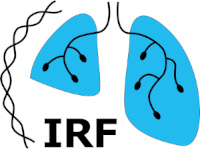- Index
- >Research topics
- >Axis 1 : Clinical-biological monitoring
- >Theme 4: Pharmacokinetics and pharmacodynamics of antifungal agents
Pharmacokinetics and pharmacodynamics of antifungal agents
Species of the S. apiospermum complex are capable of hematogenous dissemination in the event of immnodepression, particularly during lung transplantation.
Metastatic localization can occur in the skin, eyes and heart, as well as in the brain, which is very difficult to treat due to the low intrinsic efficacy of antifungal agents against these fungi and their limited diffusion across the blood-brain barrier. In addition to studying the pathogenic mechanisms of species of the S. apiospermum complex to identify new therapeutic targets, we are also researching new therapeutic approaches.
In recent years, we have initiated studies of the pharmacokinetics of voriconazole, the first-line treatment for Scedosporium infections, and posaconazole, in experimental models of infection. Two experimental models were developed in immunocompetent or immunocompromised Sprague Dawley rats, using cyclosporine injections. In parallel, a quantitative PCR technique was developed to correlate pharmacodynamic properties with antifungal levels in plasma and cerebrospinal fluid. The results obtained show that azole pharmacokinetics are affected by both cyclosporine and infection, and experiments will therefore be carried out to clarify how infection affects triazole pharmacokinetics.


